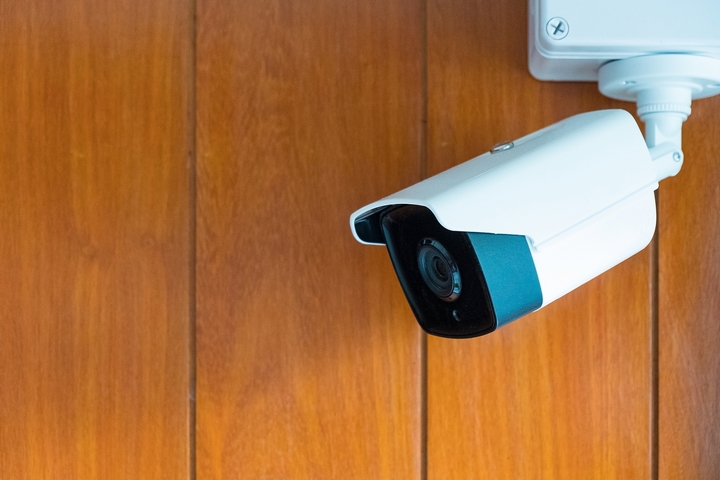Choosing a security camera isn’t a straightforward process. There are many factors to consider when determining the best camera type for your unique requirements.
From indoor and outdoor applications to low-light cameras and thermal cameras, there are many options to choose from. Plus, wired or wireless, residential or commercial, aesthetics, and additional capabilities all come into play as well.
You should understand the different types of security cameras available on the market and learn about their pros and cons. Doing research ahead of time will help ensure you choose the right types of security cameras for your needs.
Here are the ten different types of security cameras and their defining features:
Type #1: Bullet Security Cameras
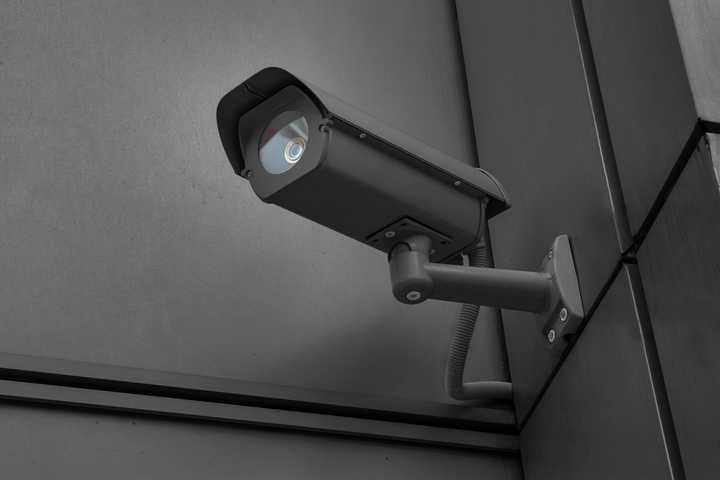 This camera-lens-housing combination camera comes in a bullet-style body for a smaller footprint. It’s a very common and instantly recognizable camera, which makes it a great deterrent, both for commercial and residential properties. You typically find them at entry and exit points.
This camera-lens-housing combination camera comes in a bullet-style body for a smaller footprint. It’s a very common and instantly recognizable camera, which makes it a great deterrent, both for commercial and residential properties. You typically find them at entry and exit points.
It features IR illuminators and is thus a great option for low-light areas. However, it only provides a fixed view, so it’s a good idea to install more than one bullet camera in order to cover a more comprehensive area, such as an entire store.
With the bullet camera, you’ll enjoy less frequent maintenance and servicing due to its sealed enclosure. You’ll also benefit from glare reduction and weather protection from its tough housing. You can mount in on a ceiling or wall, indoors or outside, giving it a wide range of possible applications.
Type #2: Day/Night Security Cameras
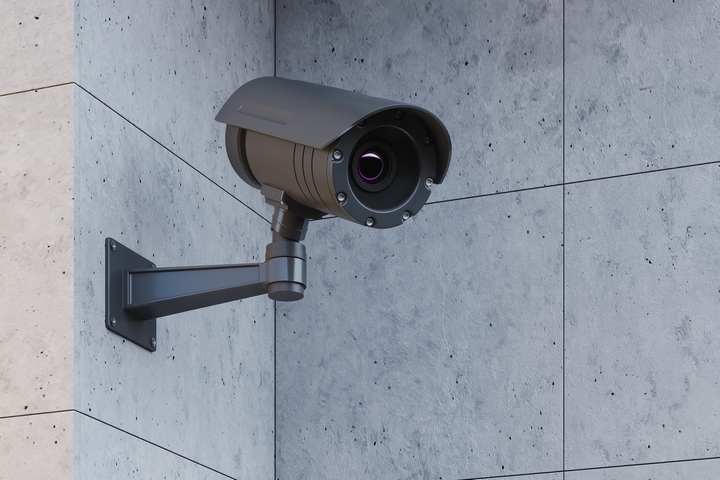 If you’re looking for a type of security cameras that works both during the day and at night in low-light conditions, consider the day/night security camera. These types of security cameras can be used indoors or outdoors. They feature an IR filter that works at night and is automatically lifted as daylight approaches.
If you’re looking for a type of security cameras that works both during the day and at night in low-light conditions, consider the day/night security camera. These types of security cameras can be used indoors or outdoors. They feature an IR filter that works at night and is automatically lifted as daylight approaches.
Type #3: Thermal Cameras
 This unique camera type is one of your best options if you’re looking to produce surveillance footage in harsh or dark environments. It uses thermal imaging/heat sensing to detect and distinguish people and objects in fog, dust, haze, and even smoke. It even works in complete darkness.
This unique camera type is one of your best options if you’re looking to produce surveillance footage in harsh or dark environments. It uses thermal imaging/heat sensing to detect and distinguish people and objects in fog, dust, haze, and even smoke. It even works in complete darkness.
Type #4: Motion Detector Cameras
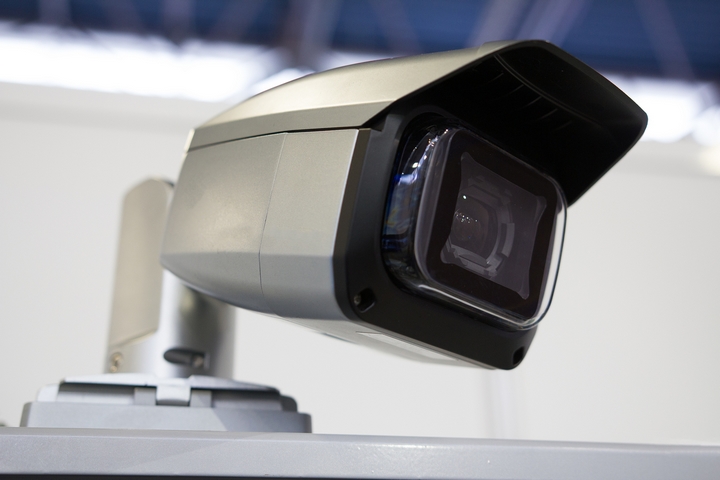 These types of security cameras click on once its sensors detect movement. It waits for activity and, once it senses it, automatically begins recording and transmitting data. This type of camera can alert you to potentially suspicious activity while saving you hours of video storage space by only turning on when there’s something to record.
These types of security cameras click on once its sensors detect movement. It waits for activity and, once it senses it, automatically begins recording and transmitting data. This type of camera can alert you to potentially suspicious activity while saving you hours of video storage space by only turning on when there’s something to record.
Type #5: Wide Dynamic Cameras
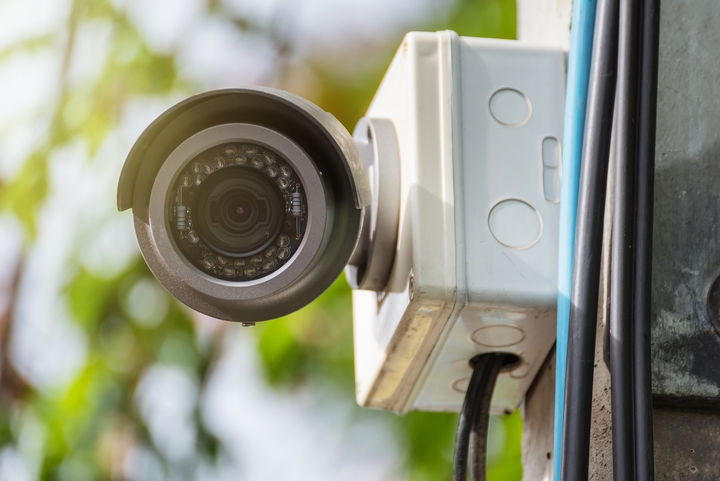 This camera can handle a wide variety of lighting levels on a pixel-by-pixel basis. It’s a great option for parking lots and other areas where there might be a lot of sunshine or bright light (like headlights) that can make it difficult to see facial features.
This camera can handle a wide variety of lighting levels on a pixel-by-pixel basis. It’s a great option for parking lots and other areas where there might be a lot of sunshine or bright light (like headlights) that can make it difficult to see facial features.
Type #6: Dome Security Cameras
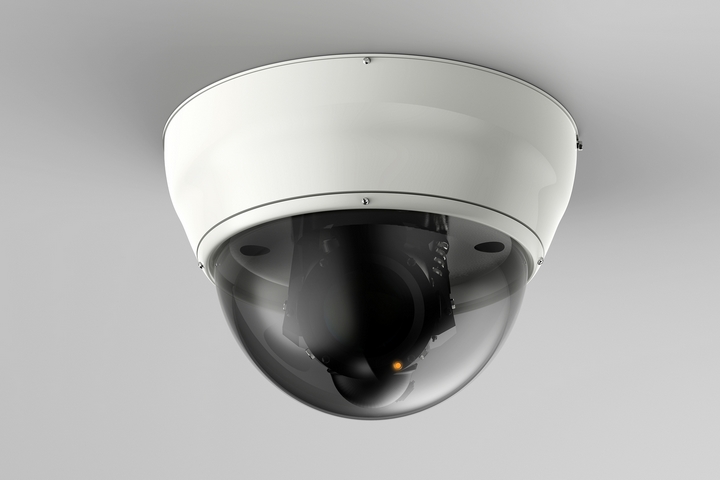 This discreet, aesthetically pleasing dome-shaped camera is typically mounted to the ceiling. Most people are familiar with this type of camera since it’s widely used indoors in stores and offices. However, outdoor applications are also possible. These types of security cameras are easily installed. Owners tend to choose them not only for their aesthetics but for their wider viewing angle.
This discreet, aesthetically pleasing dome-shaped camera is typically mounted to the ceiling. Most people are familiar with this type of camera since it’s widely used indoors in stores and offices. However, outdoor applications are also possible. These types of security cameras are easily installed. Owners tend to choose them not only for their aesthetics but for their wider viewing angle.
Because the camera is enclosed, you benefit from added protection from dust and dirt. That makes it an ideal option for a dirty environment, such as a warehouse or kitchen. It can come in a vandal-resistant housing, and many models also offer heat sensing, motion sensing, and night vision technology.
Type #7: Box-Style Cameras
 This is a standalone security camera that can be used either indoors or outdoors. Although it’s not the most discreet or aesthetically pleasing, it has many benefits. You can customize the lens, the camera, and the housing to fit your installation needs. You can also choose from a variety of lenses, such as fixed or vari-focal, depending on your requirements.
This is a standalone security camera that can be used either indoors or outdoors. Although it’s not the most discreet or aesthetically pleasing, it has many benefits. You can customize the lens, the camera, and the housing to fit your installation needs. You can also choose from a variety of lenses, such as fixed or vari-focal, depending on your requirements.
Type #8: PTZ Cameras
 If you want greater functionality from your security camera, consider a PTZ. It contains mechanical controls, so you can remotely zoom, tilt, and pan the camera via a joystick or software. This camera can survey a wider area, auto track movement, and focus on areas of interest.
If you want greater functionality from your security camera, consider a PTZ. It contains mechanical controls, so you can remotely zoom, tilt, and pan the camera via a joystick or software. This camera can survey a wider area, auto track movement, and focus on areas of interest.
Type #9: IP Security Cameras
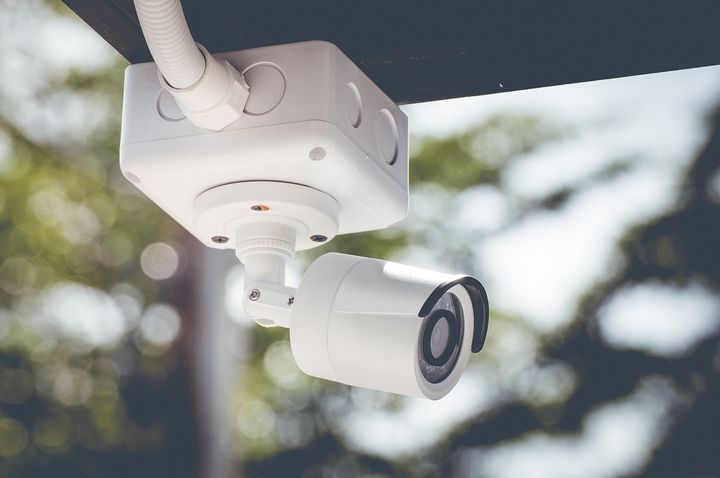 This high-tech camera uses Internet Protocol to transmit a digital signal, so you can collect, transmit, and stream data over a wireless network. These types of security cameras offer greater scalability and boasts increased resolution. Plus, many of these Wi-Fi-enabled IP cameras come with video analytic software.
This high-tech camera uses Internet Protocol to transmit a digital signal, so you can collect, transmit, and stream data over a wireless network. These types of security cameras offer greater scalability and boasts increased resolution. Plus, many of these Wi-Fi-enabled IP cameras come with video analytic software.
Wireless IP cameras are easy to install and feature clear images and motion detection for instant alerts.
Type #10: Smart Cameras
 One of the newest technologies on the market, the smart voice-integrated security camera is rising in popularity, particularly for residential properties with smart home systems. This type of camera is integrated with voice assistants, such as Amazon Alexa or Google Assistant. This allows the owner to monitor and control the system hands-free for greater ease of use and flexibility.
One of the newest technologies on the market, the smart voice-integrated security camera is rising in popularity, particularly for residential properties with smart home systems. This type of camera is integrated with voice assistants, such as Amazon Alexa or Google Assistant. This allows the owner to monitor and control the system hands-free for greater ease of use and flexibility.
Understanding the different types of security cameras on the market, each with its own unique advantages, can help you choose the best camera to monitor and protect your property. And don’t forget – you can mix and match these cameras for even more functionality and comprehensive security.

